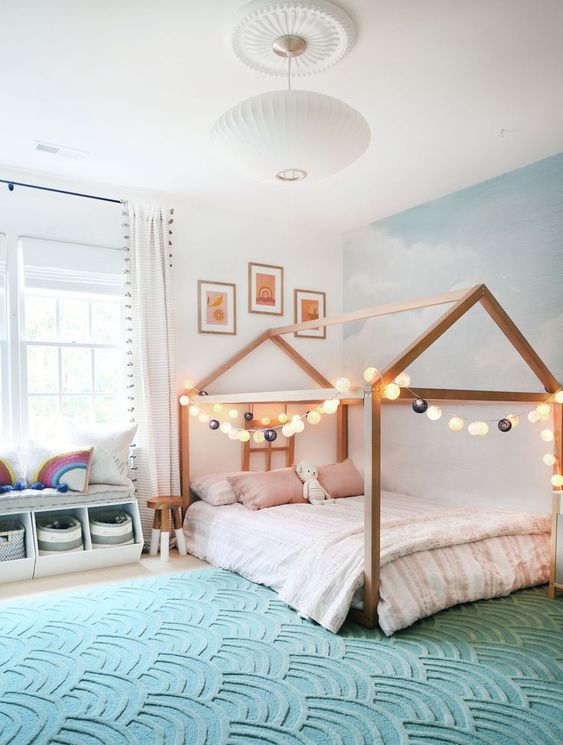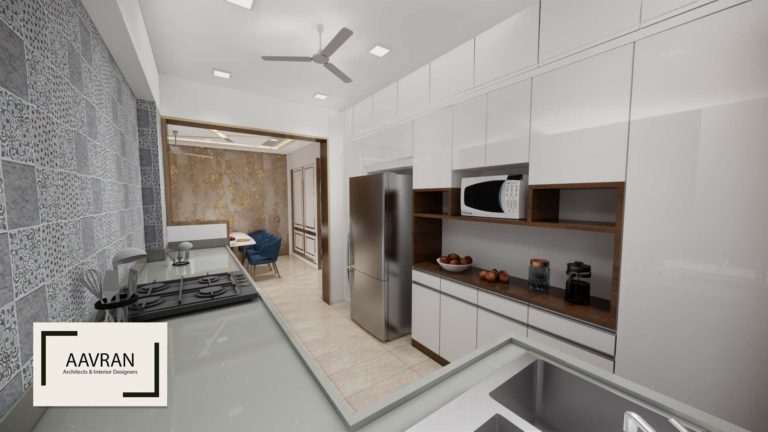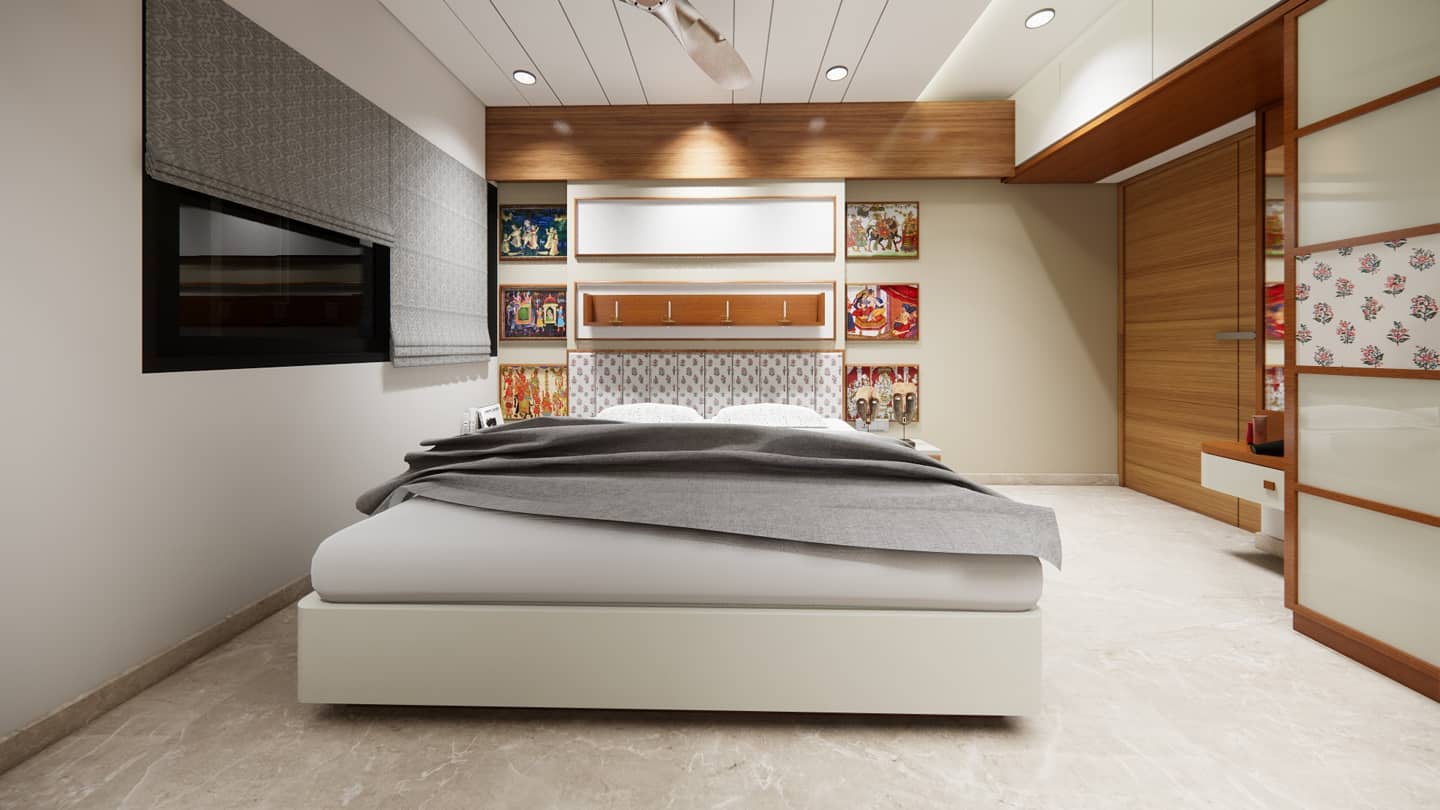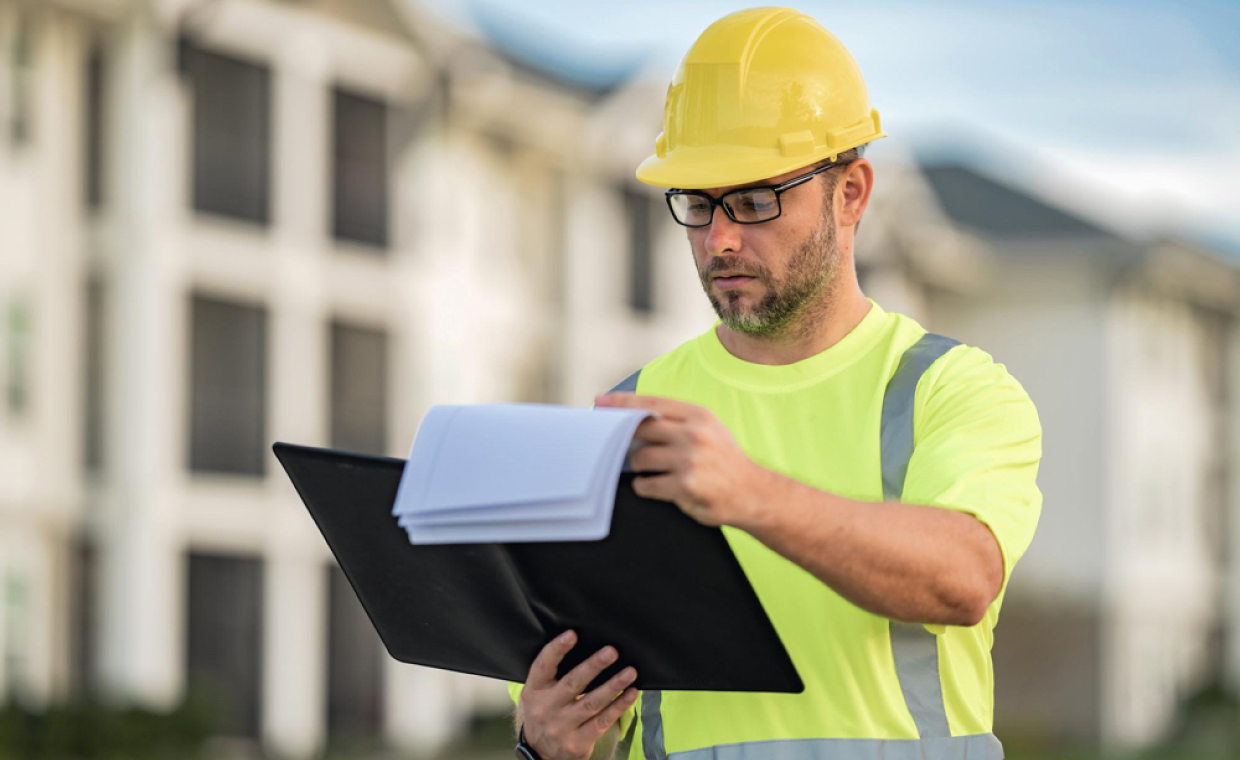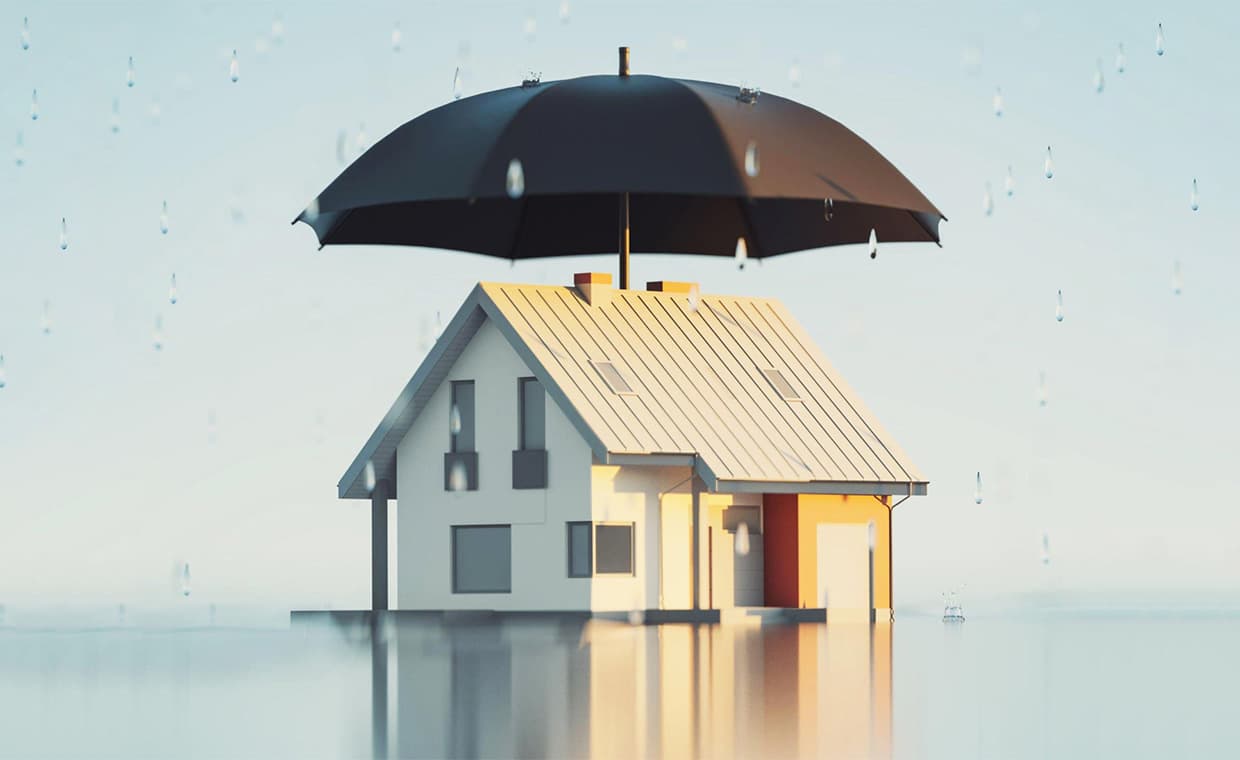
Table of Contents
Monsoon is a season of rejoicing and retreat. Preparation is key to fully enjoying this season. Make your home monsoon-ready before summer ends. Along with sprucing up your monsoon home décor, it’s necessary to tick off the essential monsoon home care checklist to enjoy the rains without any hassle.
Rains are a blessing until rainwater starts seeping in. It can enter your home through crevices in the walls and roofs, or through openings like doors and windows. This unwanted water intrusion can quickly turn into a disaster, dampening the joy of the season. In this blog, we’ve outlined the best wall waterproofing solutions to help protect your home this monsoon.
What is Wall Waterproofing?
Walls become moist when they come into contact with water. Wall waterproofing is the process of making your walls resistant to water, thereby preventing the ingress of moisture. It acts as a protective barrier to stop water from penetrating the walls. Waterproofing can be done using specialised chemicals or sealants, waterproof paints, or wall tiles. The best time to waterproof your walls is before the monsoon arrives.
Importance of Wall Waterproofing
Wall waterproofing keeps your home safe and healthy during the rainy season. Exterior walls are more vulnerable to rain than interior walls, as they are directly exposed to the elements. If there are any crevices, rainwater can seep through them, leading to damp walls. Wet walls affect the structural integrity of a structure, apart from creating an unhealthy environment by fostering mould growth.
According to (Manglik, 2023) (Author of Repair and Maintenance of Buildings), “dampness and water leakages in buildings/structures will cause harmful effects such as unsightly stains, bad smell, detachment of paint films, wallpapers, plasters, corrosion of reinforcements, efflorescence, decay of materials, etc. They further cause severe structural damage to the various components.”
Hence, waterproofing external walls is crucial before the monsoon commences. Additionally, waterproofing basement walls is equally important as they are constantly in contact with the moisture present in the surrounding soil.
Also Read: 8 Telltale Signs You Need to Waterproof Your Basement!
Common Problems Caused by Moist Walls
- Promotes mould growth
- Peeling of paint
- Foul, musty odours
- Efflorescence (white salt deposits)
- Structural damage (corrosion of reinforcing steel)
- Poor indoor air quality
Effective Wall Waterproofing Methods
1. Sealants and Chemicals for Wall Waterproofing

This method uses waterproofing sealants and chemicals to seal wall cracks. First, the cracks are thoroughly cleaned and then filled with sealant or chemical compounds. Curing takes a few hours, and once dried, the cracks are sealed, preventing further water penetration.
2. Waterproof Wall Paint
Today, specialised waterproof paints with water-repellent properties are available. These paints protect your exterior walls from rainwater. They are easy to apply and maintain. First, clean the wall surface and repair any imperfections. Then, apply a waterproof primer coat. Lastly, apply two coats of high-quality exterior-grade waterproof paint. Moreover, these paints enhance your home’s appearance and are easy to maintain.
Also Read: 5 Essential Steps for Painting External Walls: A Complete Guide
3. Wall Tiles for Waterproofing
Wall tiles are an excellent choice for exterior wall waterproofing. Tiling exterior walls ensures there is no water seepage. Exterior wall tiles also withstand harsh weather conditions and are versatile, requiring little to no maintenance. However, tiling is more expensive compared to other wall waterproofing methods.
4. Sheds and Awnings
Always get the waterproofing for walls done before the onset of monsoon. If you are late and it is raining, then sheds and awnings serve as a first line of defence, protecting your walls from direct rainwater. Retractable sheds are a great option because they protect your walls during the monsoon and can be easily folded away afterwards.
Also Read: Stylish & Functional Sheds with Awnings
Tips to Ensure Effective Waterproofing
- Inspect all your exterior walls thoroughly before the rainy season.
- Take note of every minor crack and seal it.
- Hire professionals if the issue is significant.
- Ensure the use of high-quality, weather-resistant products.
Conclusion: Make Your Walls Monsoon Ready
A moisture-free wall is a luxury during the rainy season, and it’s achievable. Wall waterproofing solutions safeguard your walls from rainwater ingress, ensuring healthier indoor spaces and structural safety. Enjoy the monsoon without worrying about leaks, dampness, or mould. So, don’t wait—waterproof your walls before the rains begin.
Also Read: Importance of Waterproofing for your House!
Monsoon Care Tips for Furniture & Furnishings
FAQs on Wall Waterproofing for Monsoon
1. How do I protect my house walls from rain?
The best way to protect your house walls from rain is to waterproof them. First, inspect all the walls for any cracks and seal them. Then, apply exterior-grade waterproof coatings or paints. Another option is to use exterior wall tiles. Wall tiles are very effective but also expensive.
2. Which type of waterproofing is best for walls?
The best wall waterproofing solution depends on the condition of your walls. If your walls have minor cracks, then sealants are best. If you want to apply a waterproofing coat to the entire wall, waterproof paint is the best option. If the wall condition is weak or you are building a new house, external wall tiling is perfect. External wall tiling is a durable and aesthetic solution.
3. How long does wall waterproofing last?
The durability of wall waterproofing depends on the materials used. Whether sealants, chemical compounds, or waterproof paints, each product claims its durability. Wall tiles are a long-lasting solution, lasting for more than a decade.
4. What is the best time to waterproof walls?
The best time to waterproof your walls is before the monsoon season. However, if you are building a house or undertaking renovations, include wall waterproofing toward the end of the project to protect against future water damage.
5. What are the advantages of wall waterproofing?
Here are the key advantages of wall waterproofing
- Prevents rainwater seepage
- Keeps the structural integrity intact
- Prevents mould growth and keeps the indoor environment healthy
- No more peeling off paint due to dampness
- Good aesthetics and improved property value
References
Manglik, M. R. (2023). Repair and Maintenance of Buildings.








